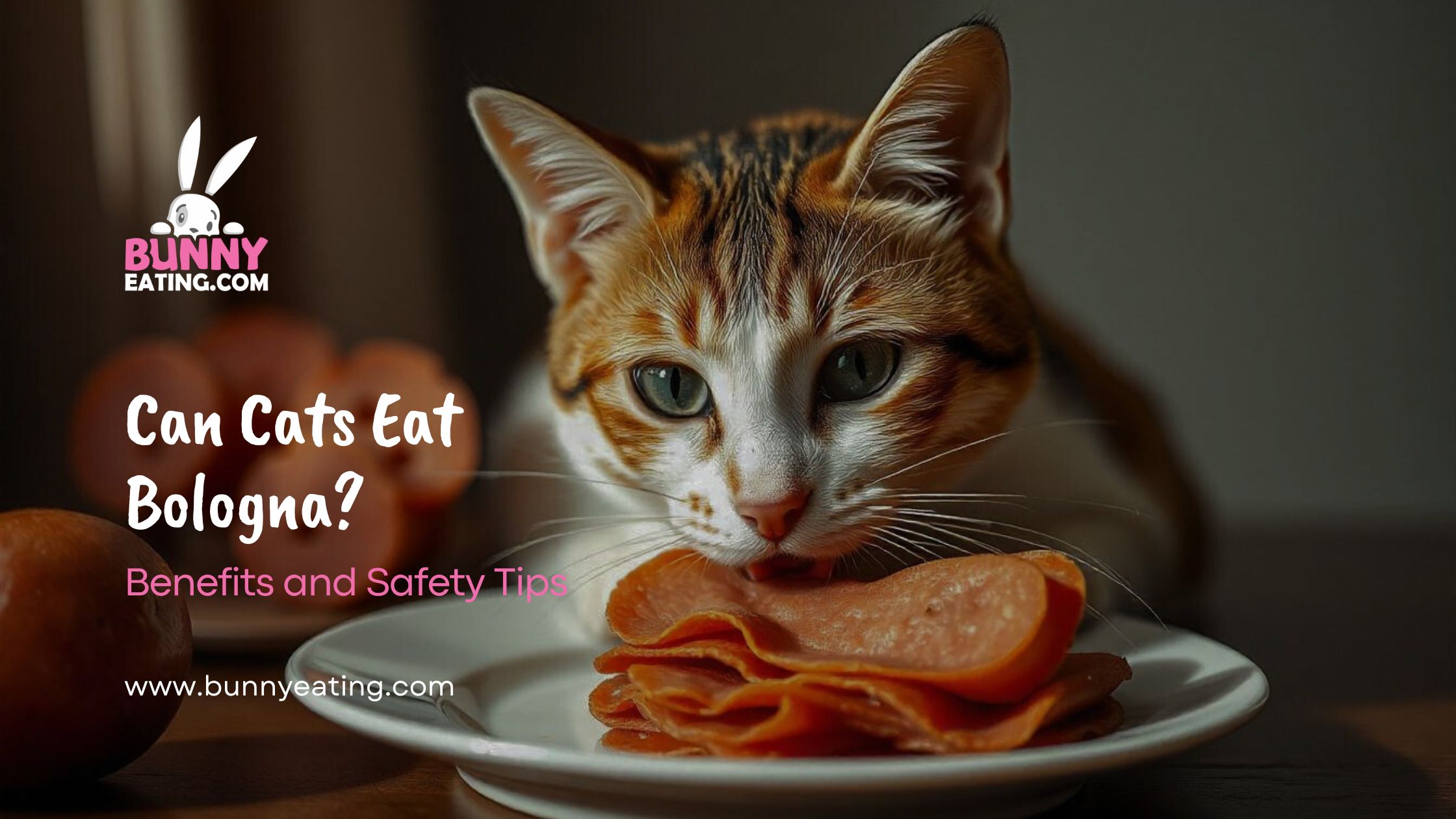Cats are curious eaters, but can cats eat bologna? Bologna is a processed meat often made from pork or beef. It’s not the healthiest option for your cat.
Many pet owners wonder if this snack is safe. Your cat might love the taste, but there are risks involved. Let’s explore if it’s truly safe for them.
Can Cats Eat Bologna? without harm. Bologna contains salt and fat, which aren’t good for cats. Feeding it to them regularly may cause health problems.
Nutritional Benefits of Bologna for Pets
Bologna does contain proteins and fats that are essential for your cat’s health. Cats, being obligate carnivores, thrive on feline protein sources like meat, and bologna provides some of that. Proteins support your cat’s muscle development and help maintain healthy skin and fur. Additionally, bologna’s fat content provides energy, which can be beneficial for cats in small quantities. However, even though bologna may offer some animal nutrition, it’s far from an ideal snack for your cat.
The downside to Bologna is its deli meat composition, which often includes excessive salt, sugar, and artificial ingredients. These additives can disrupt your cat’s gastrointestinal health and lead to long-term issues. Although bologna may provide some nutrients, its benefits are heavily outweighed by the risks. Always remember that feline dietary options should be carefully selected to avoid unnecessary exposure to harmful elements.
| Nutrient | Benefit |
|---|
| Protein | Essential for muscle development and repair. |
| Fat | Provides energy and supports healthy skin and coat. |
| Vitamins | Contains B vitamins (e.g., B12, niacin) for energy metabolism and nervous system health. |
| Minerals | Provides important minerals like zinc and iron for immune function and red blood cell production. |
| Calories | High-calorie food that can be beneficial for underweight pets. |
Potential Risks of Feeding Bologna to Pets
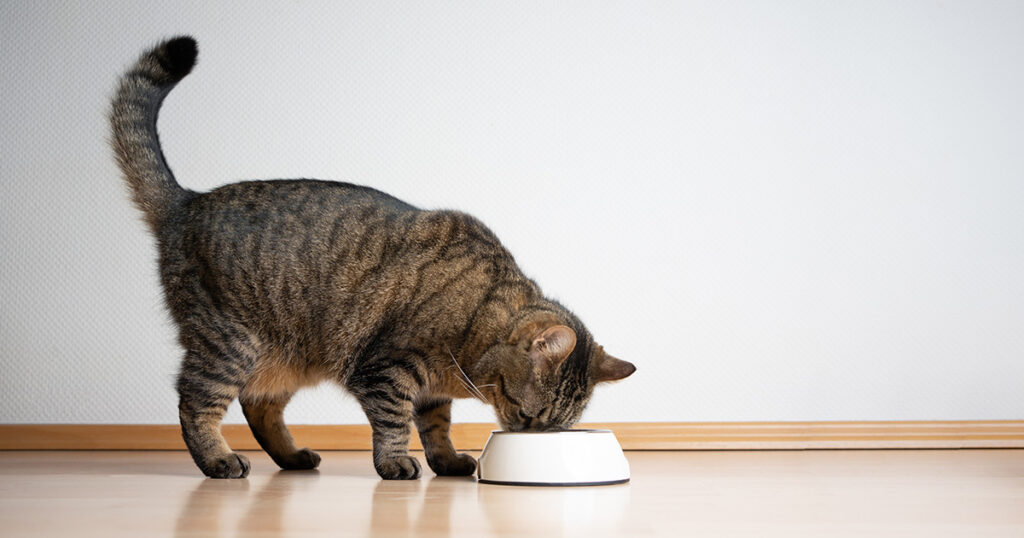
While bologna may seem harmless, it comes with significant risks. One of the primary concerns is the high fat content found in this processed meat, which can cause cat obesity complications and even hepatic lipidosis, a dangerous liver condition in cats. Feeding your cat too much fat can also lead to feline weight management issues and an unhealthy metabolic balance.
Another risk is the feline toxicity associated with several ingredients in bologna. These ingredients, including garlic, can cause pet poisoning symptoms and lead to serious medical conditions like sodium overdose and electrolyte imbalance. As a result, it’s crucial to limit or eliminate bologna from your cat’s diet to avoid harmful consequences. Always prioritize your cat’s feline well-being by choosing safer, healthier treats.
Fat Content in Bologna
Bologna is high in fat, which can lead to metabolic disorders in pets, especially cats. While cats need fat for energy, too much can result in weight gain and even liver problems. Feline liver issues like hepatic lipidosis can arise from feeding too many fatty foods, including bologna.
Salt Levels in Bologna
Another major concern with bologna is its high sodium content. Cats are sensitive to salt, and consuming too much can lead to sodium overdose, which causes dehydration and other feline health issues. Electrolyte imbalance is a serious risk that could require immediate veterinary care if your cat consumes too much salt.
Sugar in Bologna
Although bologna is primarily a meat product, some brands contain added sugars. This poses risks for your cat’s feline carbohydrate intake and could disrupt their metabolic system. Excessive sugar can increase the risk of feline diabetes and create further pet health concerns over time.
Garlic in Bologna
Garlic is toxic to cats, and it’s often added to bologna as a flavour enhancer. Even small amounts of garlic can cause feline toxicity, leading to serious health conditions like anaemia. If your cat consumes bologna containing garlic, it’s essential to monitor them for any signs of pet poisoning.
Dos and Don’ts of Feeding Bologna to Cats and Dogs
When it comes to feeding your pet bologna, there are clear guidelines you should follow. Processed meats like bologna can be given to pets in very limited quantities, but moderation is key. Always ensure that any bologna you give your cat is free from harmful ingredients like garlic and excessive salt. Avoid feeding bologna regularly, as it’s not a nutritionally balanced snack for cats. The occasional small piece is fine, but make sure it’s prepared properly.
Never feed your cat bologna that includes spices or seasonings, as these can harm your pet. When offering any human food, always be mindful of the ingredients, as some, like onions and garlic, are highly toxic. As a rule, it’s best to stick to feline food choices that are designed to meet their unique nutritional needs. This ensures that your pet stays healthy and avoids unnecessary veterinary concerns.
Safe Preparation Methods for Bologna
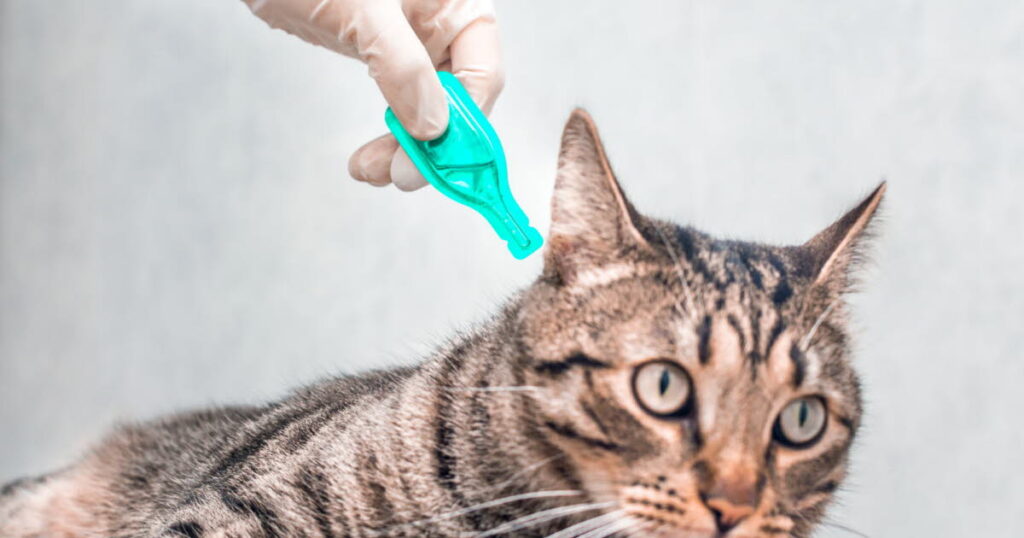
If you decide to offer bologna to your cat, it’s important to prepare it safely. Begin by removing any casing or seasonings that may be harmful. Always choose plain, unseasoned meat and avoid feeding your cat pre-packaged or spiced bologna. Additionally, cut the bologna into small, bite-sized pieces to avoid any choking hazards.
Ensure that the bologna is thoroughly cooked, as raw meat can contain harmful bacteria. By taking these precautions, you can minimize the risks associated with feeding your cat bologna. However, it’s always better to choose healthier snacks that cater to your cat’s dietary needs.
Suitable Quantities of Bologna for Pets
When it comes to serving bologna, portion control is crucial. Cats should only eat small amounts, as too much can lead to feline digestive issues and weight gain. A tiny slice as an occasional treat is more than enough to satisfy your cat without overwhelming their system with unhealthy fats and salts.
How Much Bologna Should a Cat Eat?
It’s recommended that cats consume only a small portion of bologna, no more than a bite-sized piece. Feeding more than this could lead to gastrointestinal problems, including diarrhoea or vomiting. As always, moderation is key, and bologna should never become a regular part of your cat’s diet.
Alternatives to Bologna for Pets
Many healthier alternatives to bologna can still provide the protein and flavour your cat craves. Prepared poultry like boiled chicken or turkey is a great option, offering clean, lean protein without the harmful additives found in bologna. Other good alternatives include tinned seafood like canned tuna or salmon, which are much safer options for your pet.
While it’s tempting to offer people food, sticking to pet-friendly snacks will ensure your cat’s long-term health. Look for cat treatment alternatives that provide necessary nutrients while avoiding harmful additives. These options will help keep your cat’s diet balanced and safe.
Consulting with a Veterinarian Before Feeding Bologna to Pets
Before introducing any new food into your cat’s diet, including bologna, it’s always a good idea to consult your veterinarian. Your vet can provide personalized advice based on your cat’s age, weight, and any existing health conditions. They’ll help you understand the specific dietary needs of your pet and whether bologna should be avoided altogether.
Your veterinarian can also guide you on the safest ways to offer new foods, ensuring that your cat doesn’t develop any adverse reactions or long-term health problems. Always prioritize your cat’s feline wellness by seeking professional advice before feeding them anything outside of their regular diet.
Creative Bologna Treats for Cats
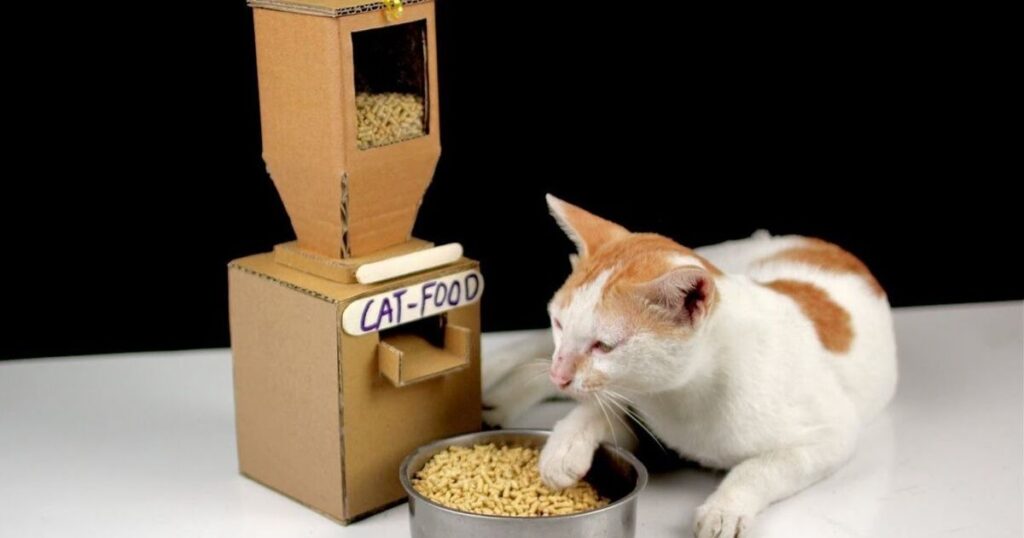
If you still want to offer bologna as a treat, consider incorporating it into more balanced meals. For example, mix a tiny piece of bologna with some prepared poultry or canned cat food to dilute its effects. You could also combine bologna with more nutritious options like boiled chicken or tuna to create a fun but healthier snack for your pet. Keep in mind that the primary goal is to ensure that your cat’s treats are aligned with their feline nutrition plan.
What Meats Can Cats Eat?
Cats can enjoy a wide variety of meats, but not all of them are safe. Prepared poultry such as cooked chicken or turkey is an excellent choice because it provides lean protein without any harmful additives. Tinned seafood like tuna or salmon is also acceptable in moderation. However, avoid any meats that contain seasonings, as these can cause health problems for your cat.
Can Cats Eat Other Lunch Meats?
Most cold cuts and sandwich meats contain high levels of salt, fat, and preservatives that aren’t good for your cat’s health. While a small slice of plain turkey might be fine, heavily processed meats like ham or salami should be avoided. Always check the ingredients before feeding any lunch meats to your cat.
What Foods Should My Cat Not Eat?
Cats should avoid many human foods, including anything that contains onions, garlic, or spices. These ingredients are toxic to cats and can lead to feline food dangers like poisoning or anaemia. It’s also important to avoid sugary snacks or foods with high carbohydrate content, as cats don’t need these in their diet.
What to Do If Your Cat Has Eaten Something It Shouldn’t
If your cat consumes something harmful, it’s essential to act quickly. Monitor them closely for any signs of distress, such as vomiting, diarrhea, or lethargy. In the case of feline toxicity, immediate veterinary care may be required.
How Can I Tell if My Cat’s Stomach is Upset?
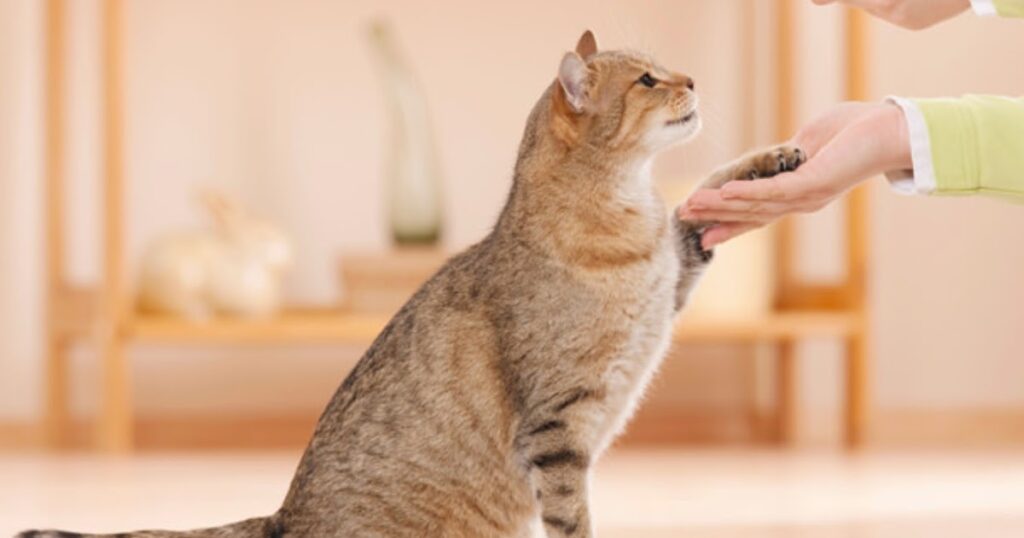
Signs that your cat’s stomach may be upset include vomiting, diarrhea, or a lack of appetite. If your cat is experiencing any of these symptoms after eating something unusual, it’s best to consult with your veterinarian to determine the cause.
Final Thoughts
In short, can cats eat bologna? It is not the best food for your cat. Bologna is high in salt, fat, and preservatives, which can cause problems for your cat’s health. Eating too much of it can lead to obesity, digestive issues, and other health risks. It’s always safer to stick to cat-friendly foods that meet their nutritional needs.
If you want to keep your cat healthy, avoid giving them processed meats like bologna. Offer healthier treats that are made especially for cats. These treats are better for their body and overall well-being. Taking care of your cat’s diet will help them stay happy, active, and strong. Make sure you choose the right foods for their long-term health.
FAQs
Is bologna okay for cats to eat?
Bologna is not ideal for cats. It contains high levels of salt, fat, and preservatives. It’s better to avoid giving it to your cat.
What meats can cats eat?
Cats can eat cooked meats like chicken, turkey, and lean beef. Always remove bones and avoid adding seasonings.
What can I feed my cat if I don’t have cat food?
You can give plain, cooked meats like chicken or turkey. Avoid spices, salt, or sauces to keep it safe for your cat.
Why do cats love lunch meat?
Cats enjoy lunch meat due to its high protein and salty flavour. However, it’s not healthy for them in large amounts.
What is forbidden for a cat to eat?
Cats should avoid chocolate, onions, garlic, grapes, and dairy. These foods can cause serious health problems.
What meat is good for sick cats?
Boiled chicken or turkey is gentle on a sick cat’s stomach. It’s easy to digest and provides needed nutrients.
Can cats eat scrambled eggs?
Yes, cats can eat plain scrambled eggs. Eggs are a good source of protein, but don’t add salt or butter.
What is a cat’s favourite food?
Many cats love high-protein foods like fish or chicken. Each cat may have its preferences for treats and meals.
What lunch meat can cats eat?
Cats can have small amounts of unseasoned, low-sodium turkey. Avoid processed meats like ham or bologna.
What will a starving cat eat?
A starving cat may eat anything available, including scraps or small prey. However, offer safe, nutritious food immediately.
Can cats eat canned tuna?
Cats can eat canned tuna occasionally, but it shouldn’t be a regular meal. It lacks essential nutrients and may contain too much mercury.
What can I give my cat if I run out of food?
If you run out of cat food, give plain cooked meats like chicken or eggs. Avoid anything seasoned, fatty, or processed.
Explore More
- can bunnies eat basil
- can bunnies eat squash
- what veg do rabbits eat
- silver fox rabbit
- my rabbit died with eyes open
- can bunnies eat parsley
- can rabbits have pineapple
- can rabbits eat peaches

Aledon is the author at Bunny Eating, specializing in pets. With a deep understanding of pet breeds, behavior, food, and health, Aledon provides expert advice and valuable insights to help you care for your furry friends.
